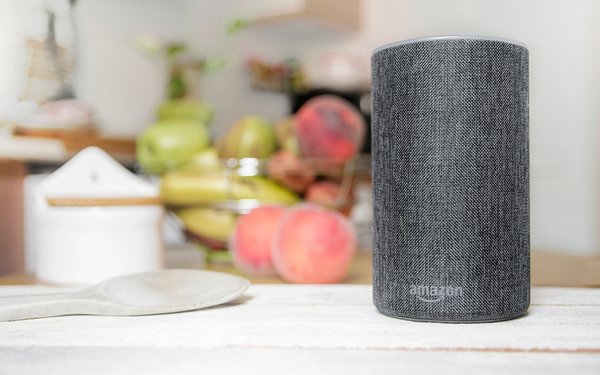 By Chuck Martin
By Chuck Martin
Enough smart speakers have now been sold to be able to start to see some of the patterns and trends of who is buying them.
Nearly a quarter (20%) of U.S. households now own a smart speaker, according to Kantar’s second quarter TNS Request survey, which tracks household use and behaviors around voice, internet and video services based on more than 100,000 annual responses.
The growth of smart speakers in the market is significant, an increase of 57% from last year with more than a third (35%) reported having an income greater than $100,000.
Amazon still dominates the market with its Echo line of products, accounting for 15% of households, up from 8% last year.
Google’s Home line of products accounts for smart speakers in 6% of American households, an increase from 4% last year.
Microsoft isn’t doing so well with its Home Hub and Cortana, decreasing in share of homes from 3% last year to 2% now.
The head of households where smart speaker adoption seems highest skews younger, with nearly half (48%) being younger than 44. Households with smart speakers also are likely to be families with children, with more than third (37%) with children under the age of 18 living at home, which compares to 27% of the general population, according to the study.
There also are some differences between Amazon and Google smart homes. Nearly half (45%) of households with Amazon devices are under the age of 45, compared to 60% of Google smart speaker households. In Amazon households, 36% have children compared to 46% in Google smart speaker households.
By income, 38% of Amazon smart speaker households report an income of less than $75,000 compared to 50% of Google households.










